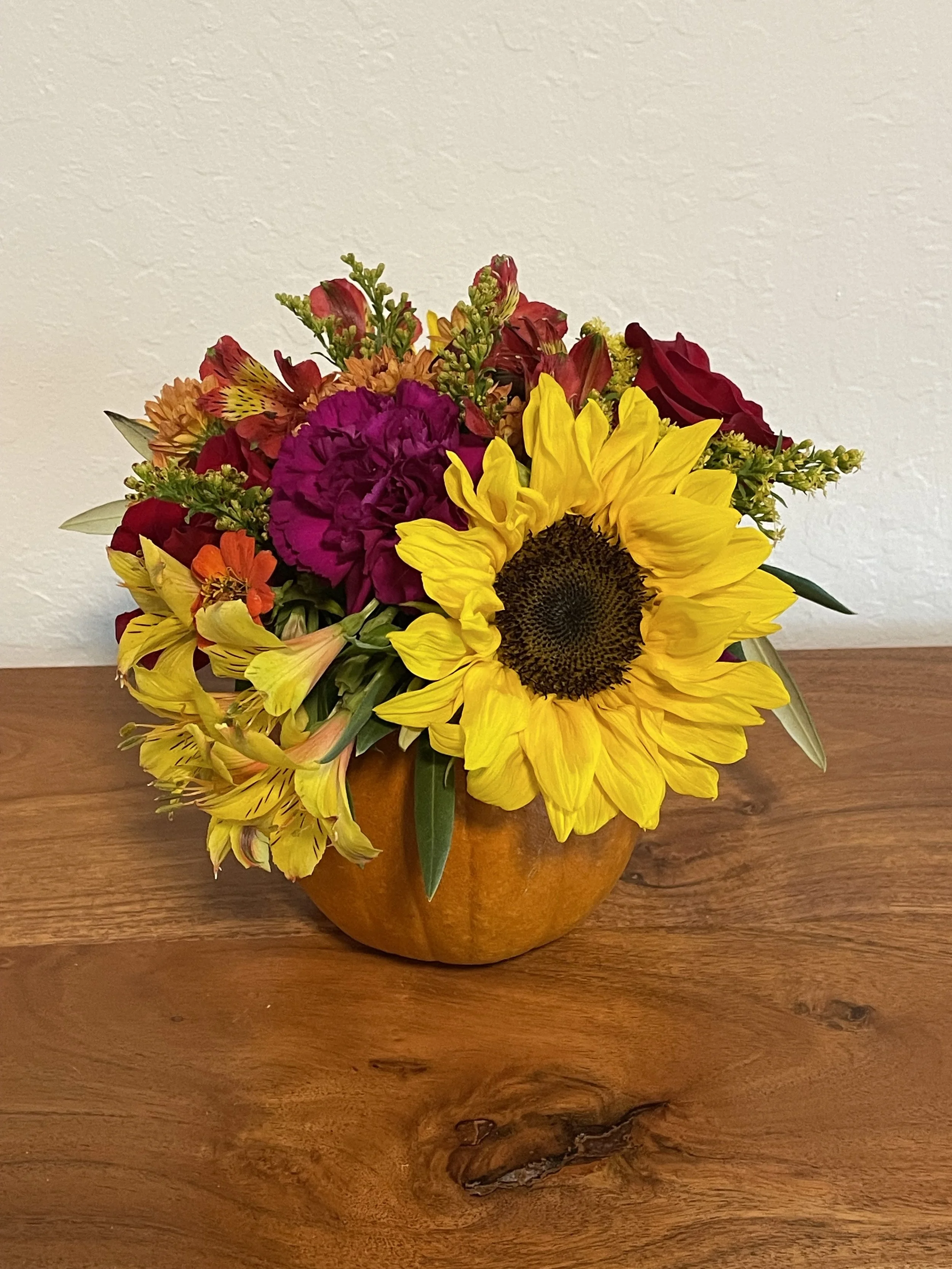Flower aversions
What flower do you love to hate?
I’m fascinated by people’s flower aversions. Flowers are meant to be beautiful and inspiring, but certain blooms can make some floral designers cringe.
I’m of the opinion that there are no bad flowers (noxious weeds excepted), just bad arrangements. Stereotypes and associations play into a flower’s negative reception. If something is viewed as inexpensive or unfashionable, then it’s less likely to be appreciated and used in a formal arrangement. What’s interesting is that many of these opinions are just trends that come and go.
Let’s look at some of the less popular flowers and see if there are any redeeming qualities to be found.
Carnations
The poor carnation has gotten a bad rap over the years. A cheaper alternative to roses, carnations last a lot longer. They also come in a variety of colors, including some beautiful pastels and rich plums that are evocative of more refined color palates.
My co-worker at the flower shop loves carnations. She appreciates the subtle clove-like scent and is quick to remind anyone that it’s a classic flower—John F. Kennedy would sometimes sport a carnation in his lapel.
Kennedy wasn’t even the first president to appreciate carnations. As the story goes, William McKinley considered red carnations to be lucky after being given one by a political opponent and then winning the election. He kept vases of them in the White House, and would also wear them on his lapel. His luck ran out during a public appearance when he gave the carnation on his lapel to a young child. He was assassinated moments later.
Whether or not you consider carnations lucky, they can really shine in a mixed bouquet, especially when they match the color of other flowers already present. This repetition creates a more cohesive whole. It’s also a budget-friendly way to add more volume to a bouquet.
Alstroemeria
Like carnations, alstroemeria (sometimes called Peruvian lilies) come in a variety of colors and have a long vase life. They are also an inexpensive flower found in many grocery store or restaurant arrangements (my in-laws sometimes call them “restaurant flowers”).
I have a personal soft spot for alstroemeria. When I was in college and without a lot of extra money to spend, I still wanted to have fresh flowers in my apartment. I would buy an occasional bunch of alstroemeria from the grocery store (my big $3.50 splurge back then) and put them in a vase. They were affordable, they lasted a long time, and they did what all cut flowers do best: breathe new energy and life into a space.
Now, I have a few alstroemeria bushes I’ve inherited. They’re drought tolerant, perennial, and require minimal maintenance other than harvesting (pluck, don’t cut!). They work well in a mixed arrangement as a background filler to complement some of the showier blooms like sunflowers.
Baby’s breath
We’ve all seen it—the classic Valentine’s arrangement of red roses, eucalyptus, and white baby’s breath. Timeless or cliché? Depends on who you ask, but many designers don’t like baby’s breath for this reason. The aversion probably stems from the flower being used as a filler, when it could actually be used by itself, dried, in a flower crown, or as a floating flower that adds a sense of lightness to an arrangement.
Baby’s breath is a branching flower with delicate stems that are easy to break. It’s hard to add just a little. However, it dries nicely and is having a bit of a resurgence in the wedding industry. More brides are asking for baby’s breath, especially in a more modern single-flower arrangement.
…Take it personally?
Ultimately, flower aversions are personal. The most reviled bloom will still find flower fans somewhere. And sometimes flower aversions are based on entirely different reasons. I dislike some flowers not for their appearance, but because they’re hard to work with or they take an inordinate amount of water in their growing process, more than I can justify in a drought state.
Ultimately, trends come and go. Like what you like and don’t apologize for it. You’ll always find someone willing to design with it for you.


